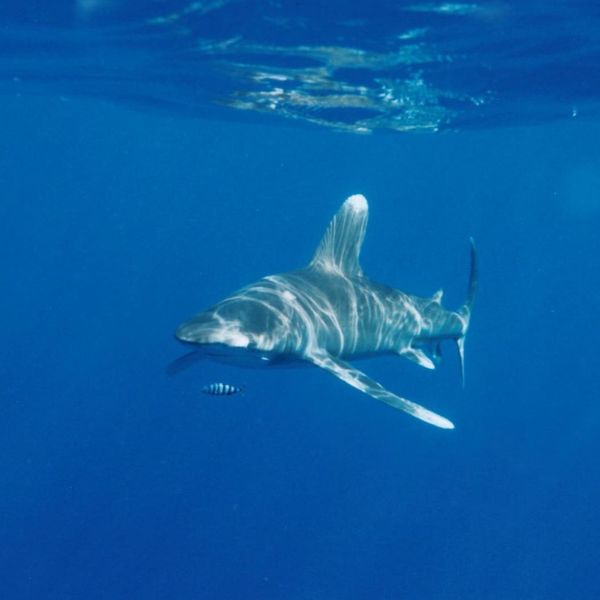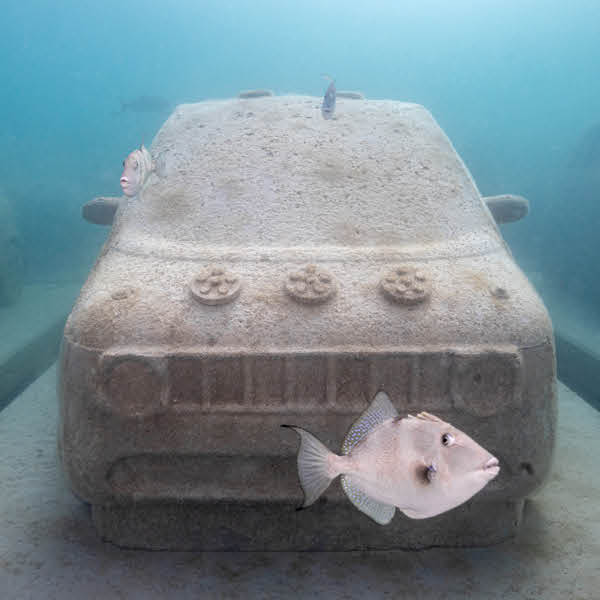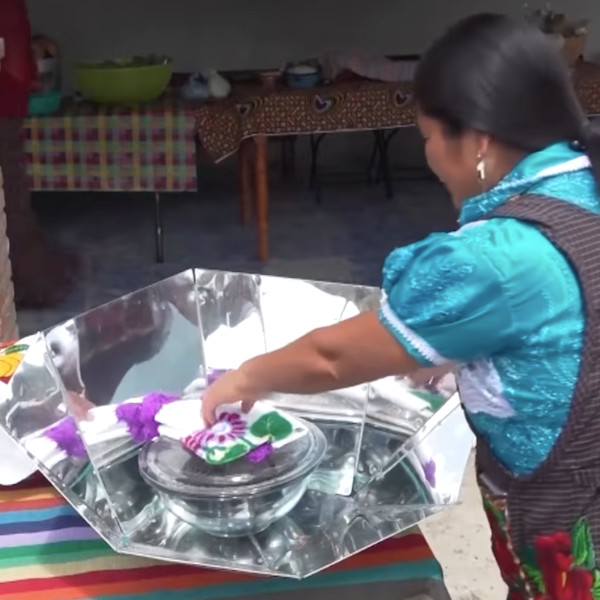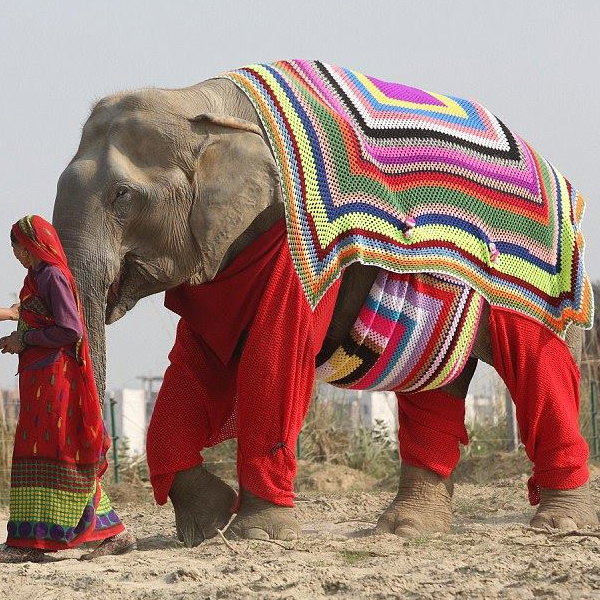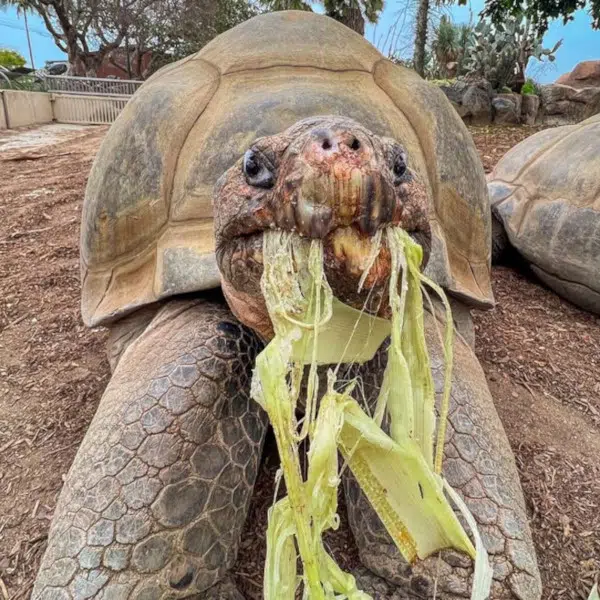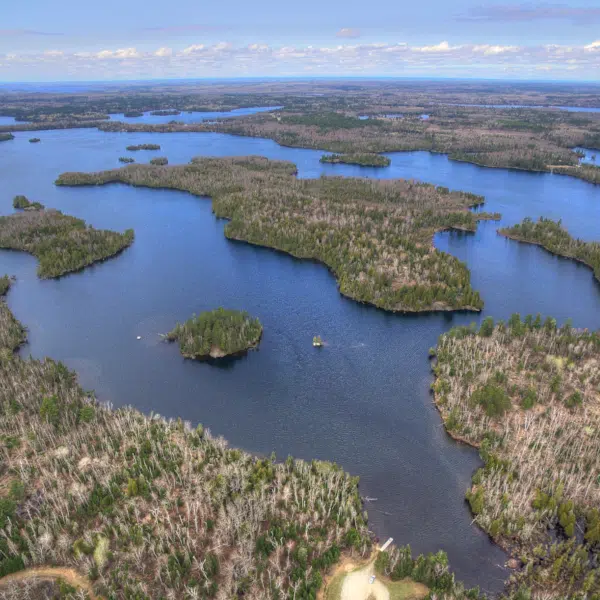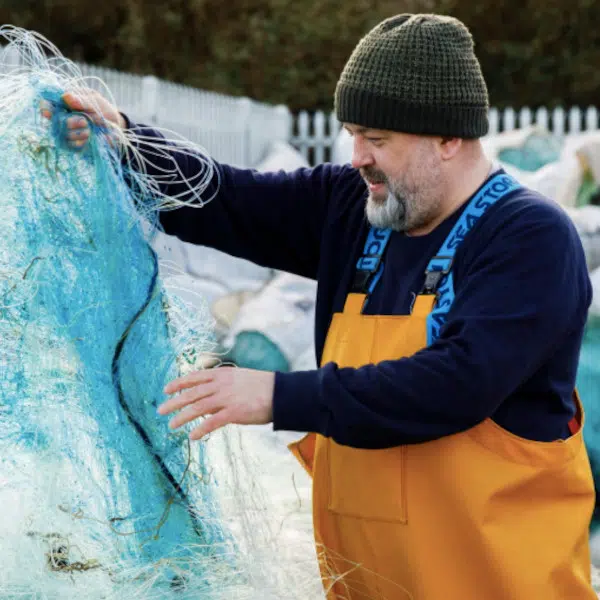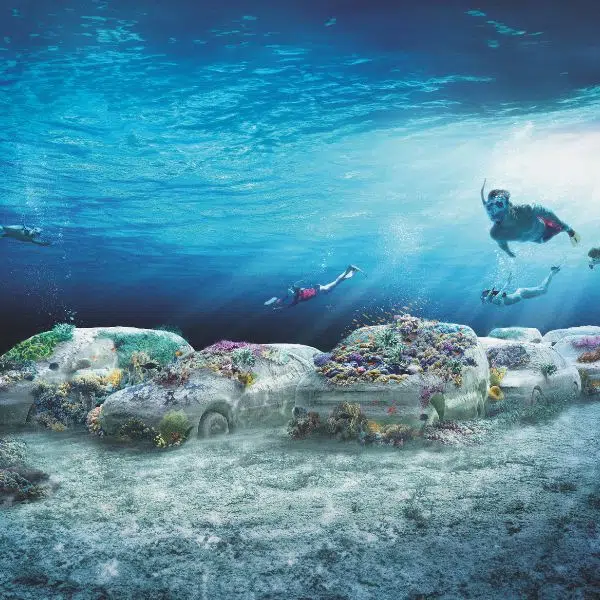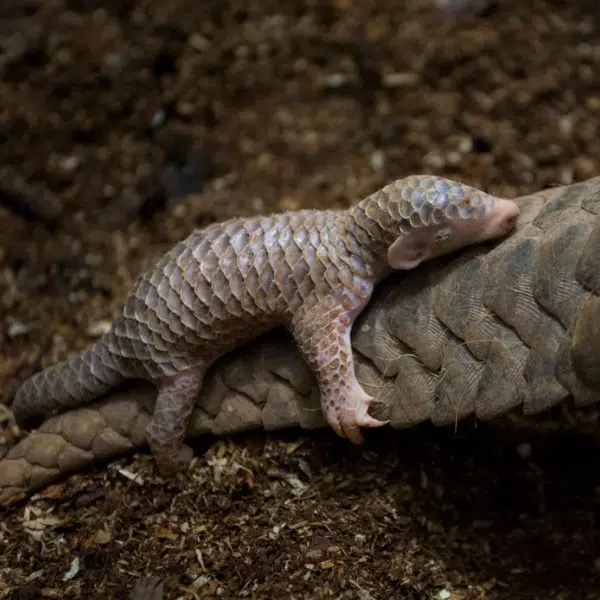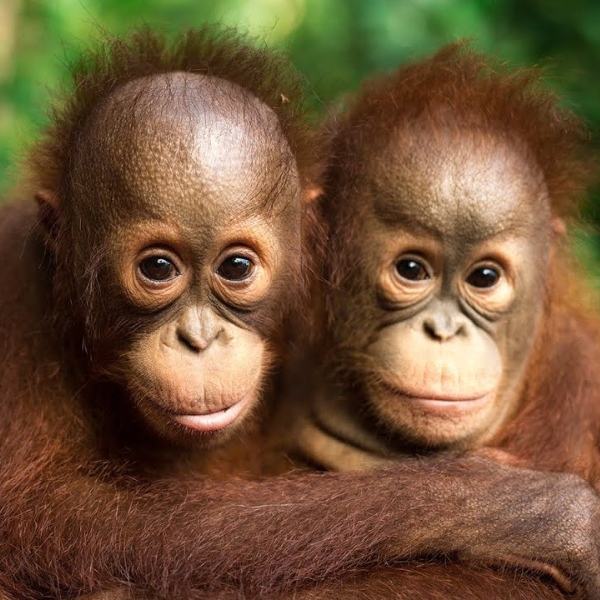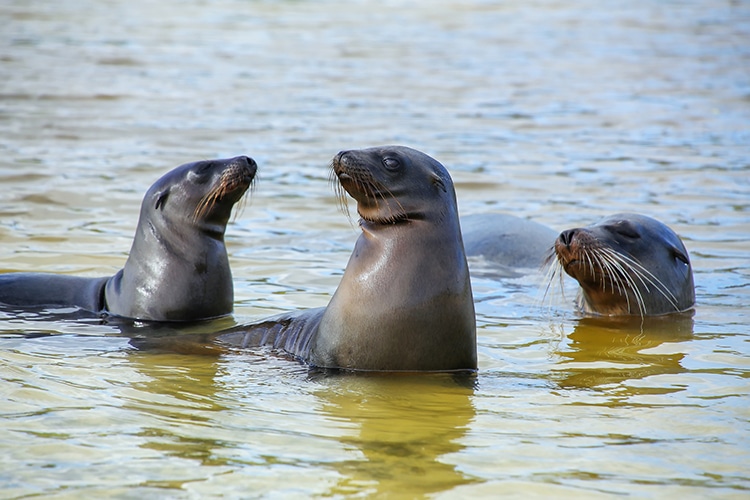
Galápagos sea lions playing in water at Gardner Bay, Española Island, Galápagos Islands. (Photo: DONYANEDOMAM/Depositphotos)
The world is full of beautiful habitats, but the Galápagos Marine Reserve is an ocean ecosystem unlike any other. These protected waters surrounding the Galápagos Islands (a territory of Ecuador) contain over 3,000 species of marine life, some of which are found nowhere else on Earth. Poaching and illegal fishing activities inside the reserve—as well as legal fishing just beyond the boundaries—threaten the creatures which call these waters home. In a bold move, Ecuador has designated an additional 23,000 square-miles of protected waters to expand the reserve and protect migratory routes.
This expansion comes in the form of a new reserve—now known as the Hermandad Marine Reserve—which links the Galápagos Marine Reserve to Costa Rica's protected waters. This channel is a popular migratory route for many species and is also known as the Galápagos-Cocos Swimway. This area is now designated a no-take zone. Hunting, fishing, and other activities harming animals and plants are forbidden. The total protected area of the Galápagos Marine Reserve now stretches 76,448 square miles.
Washington Tapia, director of conservation for the Galápagos Conservancy, spoke to Treehugger about the significance of the additional protected waters, which fill a gap in the marine map: “A major vulnerability for marine wildlife that has previously been a haven for industrial fishing, including shark finning fleets, has been eliminated. Marine wildlife does not understand where humans draw administrative limits on protected areas, so by expanding them, we will be better able to protect these species, especially migratory ones.” Protecting marine species is essential to preserving biodiversity, but it can also have beneficial effects for commercial fishing. As species flourish inside protected regions, spillover replenishes overfished, unprotected regions.
While the Galápagos are part of Ecuador, the protection of marine life in the region is a collaborative project. President Lasso of Ecuador said in a statement on the extension of the reserve, “As of today, Costa Rica, Panama, Colombia, and Ecuador are going to protect and connect two of the most biologically significant habitats in the world, today we are declaring a marine reserve for an area of 60,000 square kilometers (23,166 square miles) that are added to the ocean, the great climate regulator.” The coming years will bring further cooperative projects to protect the Galápagos, the surrounding ocean waters, and the abundant marine life in the region. To stay up-to-date, follow the Galápagos Conservancy on their Instagram.
The addition of protected waters has expanded the Galápagos Marine Reserve by 23,000 square miles.
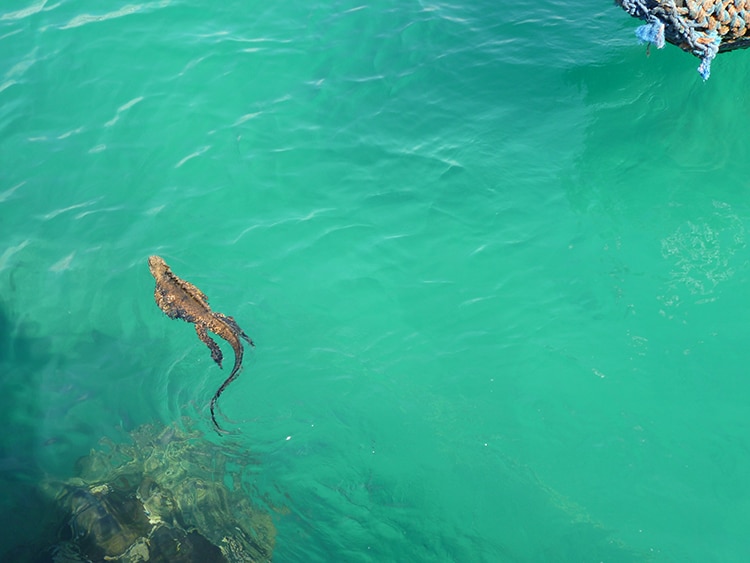
A marine iguana enjoys a swim in Puerto Ayora on the southern shore of Santa Cruz Island in the Galápagos. (Photo: David Adam Kess via Wikimedia Commons, CC BY-SA 3.0)
This addition of protected waters by Ecuador will connect the Galápagos Marine Reserve to Costa Rican waters, providing a safe migratory corridor for many species.
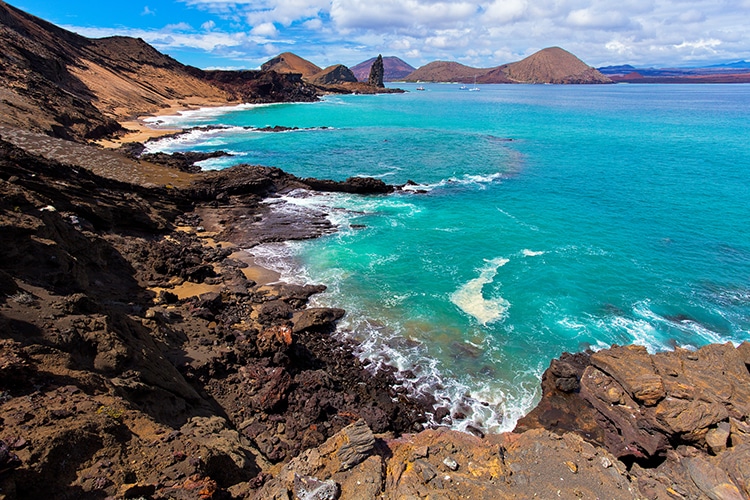
Bartolomé Island, Galápagos, Ecuador. (Photo: SUNSINGER/Depositphotos)
h/t: [Treehugger]
Related Articles:
Interview: Top Underwater Photographer Shares the Secrets of His Success
Giant Tortoise Believed to be Extinct For 112 Years Found on Galápagos Island
Hilarious Winners of Comedy Wildlife Photography Awards 2020 Announced











































































